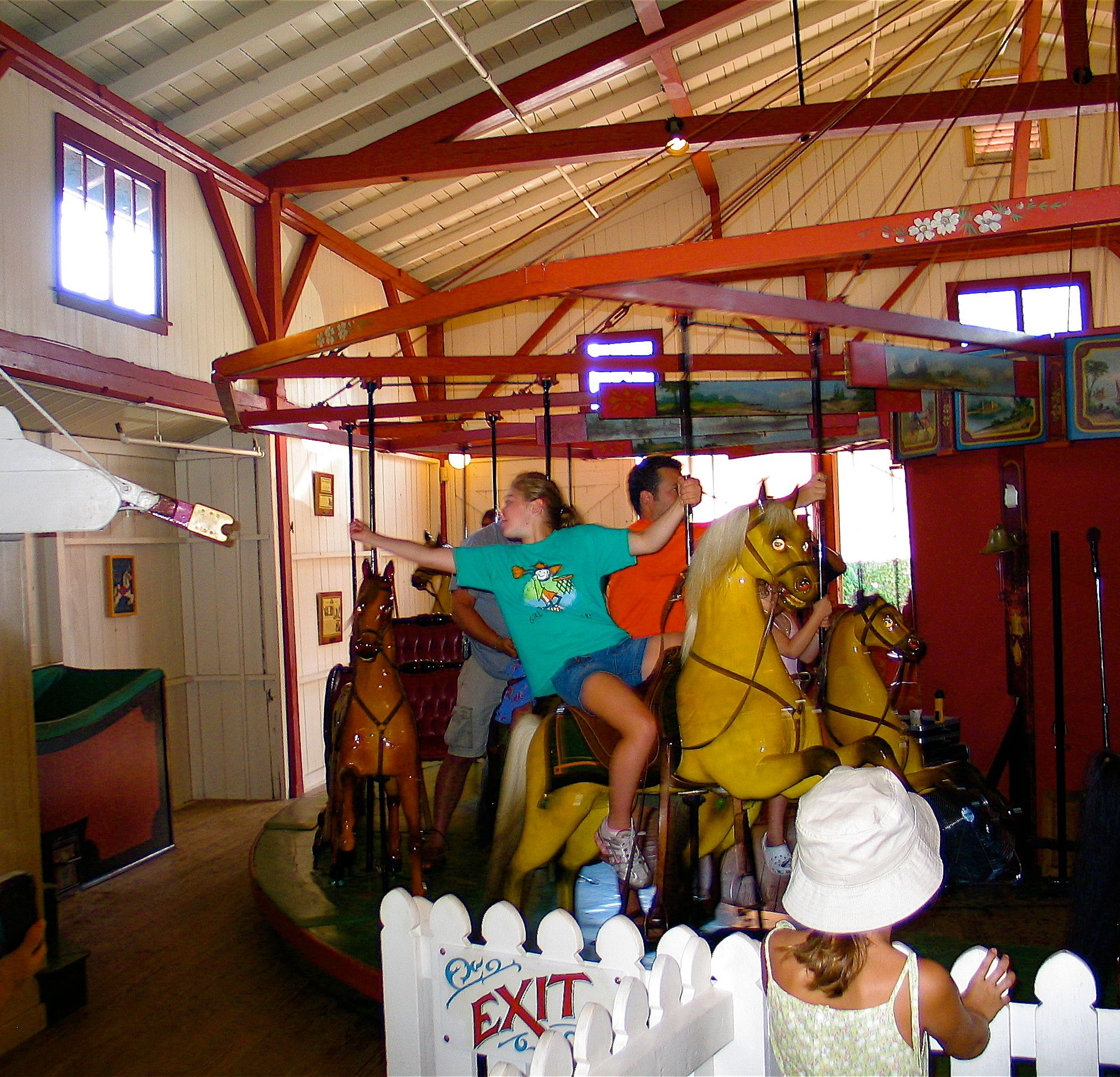Article
Reaching for the Brass Ring
A clinical trial, a targeted mutation and a little hope
In Part 2 of my story, An ePatient’s Search for Hope, I’d had a second recurrence of my lung cancer and sent my slides to be tested for additional mutations. My story continues...

On Monday, September 24, 2012, my pulmonologist performed a bronchoscopy on the larger of my two new lung nodules (the other nodule was too small to biopsy). He got a good sample, but couldn’t find any cancer cells. Much as I wanted to believe this meant the nodule wasn’t cancer, I knew I couldn’t make that assumption. Before this procedure, my team had discussed whether the nodule was radiation-induced inflammation, BOOP (a rare form of pneumonia) or cancer. I recalled how finding the cancer in a lymph node between my lungs during my initial cancer diagnosis had required a LOT of digging. My treatment path was still unclear.
On Tuesday, Dr. Bunn at the University of Colorado Cancer Center emailed me to say I had “an impressive ROS1 rearrangement” and UCCC had an opening in a crizotinib trial for me, if I wanted it. Crizotinib was a twice-daily pill that targeted cells expressing certain mutations, including ROS1. It produced a terrific response rate in the initial trial with substantially fewer side effects than chemo for most patients. He said I could join the trial later if I didn’t have active cancer now. I was so excited that I almost screwed up forwarding the email to my oncologist.
On Wednesday morning, my oncologist called, also excited by my ROS1 news. If the new nodule was cancer, he agreed I should enter the ROS1 trial rather than start taking Alimta.
On Wednesday afternoon, my pulmonologist called. He had taken my case to the Tumor Board; their consensus said the biopsied nodule was radiation changes. I was to restart prednisone. (My husband asked, "What will he give ME when YOU restart steroids?") After one month, a CT scan would determine whether the nodules responded to prednisone or continued growing. I'd come to accept that living with stage 4 lung cancer brought uncertainties, but that didn't make the waiting easier.
Four weeks later, on Wednesday, Oct. 24, the CT scan showed the larger nodule had not changed, but the smaller nodule had grown nearly 50 percent. The good news was that I could once again ramp down off prednisone. The bad news was that the smaller nodule was likely cancer. I needed to either restart Alimta or join the crizotinib trial.
I decided to stretch and go for the proverbial brass ring on this cancer merry-go-round.
Thursday morning I began exploring how to join the ROS1 trial. I emailed Dr. Bunn, who confirmed I didn’t need a positive biopsy. I called schedulers about the intake process and learned which records they needed. I requested copies of recent medical records and scans from my local medical center, and sorted through older records I kept at home. I inquired whether my nephew’s guest room was available (it was). I sent my husband off to pick up my records at two different locations. I downloaded, signed, scanned and emailed trial documents. And I bought a round-trip airline ticket, hoping nine days would give me enough time to get accepted into the trial.
Monday evening I was winging towards Denver, wondering why the heck I was traveling a thousand miles away from home and family to try an experimental cancer treatment that might not work.
Tuesday I began two days of tests and consults—labs, baseline EKG, complete eye exam and a records review. By Wednesday evening, my part was done; Dr. Camidge said I appeared to be a good match for the trial, but the trial sponsor Pfizer would have the final say. My anxious waiting was not eased by Hurricane Sandy, which shut down Pfizer's headquarters in New York City for a few days.
Monday Pfizer confirmed my acceptance into the trial. I felt like I'd won the lottery! Tuesday (Nov. 6, 2012) I took my first crizotinib pill, spent several hours giving blood samples, and flew home on my scheduled evening flight. For the next two months, I returned to UCCC every two weeks for labs and follow-up tests.
On New Year's Eve, I had my first PET-CT scan, but had to wait until Jan. 2 for the results. I could barely sit still as Dr. Camidge brought up the images. Both lung nodules were gone. I had achieved No Evidence of Disease (known as “NED” to cancer patients) for the first time since my diagnosis almost 18 months earlier. I’ve been dancing with NED and his band of tolerable side effects ever since.
I’d nabbed the brass ring.
I hope to stay on crizotinib for months or even years more. Yet targeted therapies like the one I take do not offer a permanent cure. In time I'll probably develop resistance to this drug. No one can say how long I will live, but I’m hopeful that when crizotinib stops working, another clinical trial will be a good match for me.
I’m riding this merry-go-round as long as possible.
Image By C.S. Imming (Own work) [CC-BY-SA-3.0], via Wikimedia Commons




